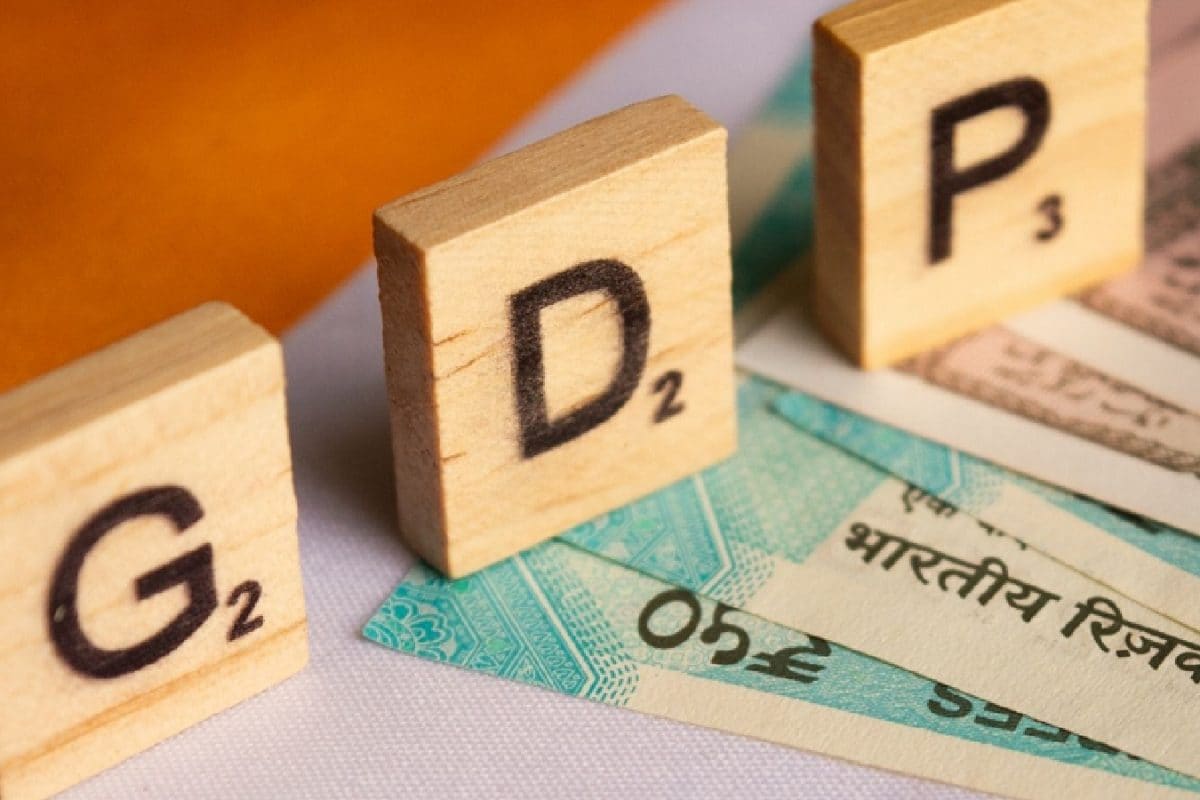The world passed a clean energy milestone in 2024, new figures have shown, after more than 40 per cent of global electricity generation came from renewables and nuclear power. A report from the energy thinktank Ember revealed that nuclear, solar , wind and other renewables accounted for 40.9 per cent of the world’s electricity, adding a record 858 TWh to the energy supply.
Europe has been one of the biggest drivers of the clean energy transition, with Ember’s latest Global Electricity Review revealing that 71 per cent of its electricity came from clean energy sources. The biggest increase came from solar, which has doubled over the last three years in the EU to surpass coal. Solar farms were also the fastest-growing energy source in the world for the 20th-straight year, representing around 7 per cent of the global energy system in 2024.

“Solar power has become the engine of the global energy transition. Paired with battery storage, solar is set to be an unstoppable force,” said Phil MacDonald, managing director of Ember. “As the fastest-growing and largest source of new electricity, it is critical in meeting the world’s ever-increasing demand for electricity.
.. Cleantech, not fossil fuels , is now the driving force of economic development.
The era of fossil growth is coming to an end, even in a world of fast-rising demand.” Despite the record-breaking levels for renewable energy , global carbon emissions still rose by 1.6 per cent last year to hit a new all-time-high.
This came from a massive surge in demand that climate experts attributed to artificial intelligence, data centres and heatwaves. Energy-intensive AI systems like OpenAI ’s ChatGPT and Google ’s Gemini have risen in popularity in recent years, while a series of heatwaves pushed up electricity consumption due to air conditioning and refrigeration systems. The decreasing costs of solar, wind and battery technologies, however, mean that the rise in global demand is increasingly being met by clean energy sources.
“As the cost of solar power and battery storage continues to fall, we are witnessing an unprecedented acceleration in global adoption,” said Mike Hemsley, deputy director of the Energy Transitions Commission. “To sustain this momentum, we must urgently address key challenges that still threaten progress today: unlocking financing by offering long-term contracts to renewable generation, support for rapid electrification – including ensuring cheap wind and solar costs translate into low consumer energy prices – and promoting system flexibility, particularly by active participation of consumers on the ‘demand-side’ which can lower costs today.”.
Environment

Record rise in renewables sees 40% of global electricity produced by clean energy

Energy analysts say latest milestone means ‘era of fossil growth coming to an end’















